The fashion industry has long been criticized for its environmental impact, with fast fashion contributing to massive waste and pollution. In recent years, however, a counter-movement has emerged, championing sustainability through creative reuse. Upcycling, the process of transforming discarded materials into higher-value products, has taken center stage. Among its most visible advocates are fashion influencers and bloggers, who have turned old clothing into a canvas for innovation and self-expression.
What was once considered a niche hobby for DIY enthusiasts has now become a full-blown trend, thanks in large part to social media. Platforms like Instagram, TikTok, and Pinterest are flooded with before-and-after transformations of thrifted garments, each post garnering thousands of likes and shares. The appeal lies not just in the environmental benefits but also in the uniqueness of each piece. In a world saturated with mass-produced fashion, upcycled clothing offers a way to stand out while making a statement about conscious consumption.
The rise of upcycling as a form of content creation has blurred the lines between sustainability and style. Fashion bloggers no longer just showcase outfits—they document the entire process, from sourcing secondhand finds to stitching, dyeing, or embellishing them into something entirely new. Followers are drawn to the authenticity of these posts, which often include mistakes, revisions, and raw creativity. Unlike polished brand campaigns, upcycling content feels relatable and aspirational at the same time.
One reason for the trend’s popularity is its accessibility. Unlike high-end sustainable brands that come with steep price tags, upcycling requires little more than old clothes, basic sewing skills, and imagination. Many influencers share tutorials breaking down techniques like patchwork, embroidery, or distressing, empowering their audiences to try it themselves. This democratization of fashion resonates deeply in an era where consumers are increasingly disillusioned with corporate greenwashing.
Beyond practicality, upcycling taps into a growing cultural shift toward individuality. Fast fashion thrives on homogeneity, selling the same trends to millions. Upcycled garments, by contrast, are one-of-a-kind. For influencers, this uniqueness becomes a branding tool—their creations can’t be replicated, making their content inherently distinctive. Some have even built entire careers around their upcycling prowess, collaborating with brands or launching their own upcycled collections.
The trend has also sparked conversations about the emotional value of clothing. In contrast to disposable fashion, upcycling encourages people to see garments as having ongoing potential. A worn-out pair of jeans becomes a stylish tote bag; a dated dress gets new life with bold paint splatters. Fashion bloggers often frame these projects as storytelling, weaving narratives about the history of the pieces they revive. This emotional connection fosters a slower, more thoughtful approach to fashion.
Critics argue that upcycling alone can’t solve the industry’s environmental crisis, and they’re right—systemic change is necessary. But the movement’s real power lies in its ability to shift mindsets. By making sustainability visually appealing and creatively fulfilling, influencers have turned eco-consciousness into something aspirational rather than austere. Their posts don’t preach; they inspire, proving that style and ethics aren’t mutually exclusive.
As the upcycling wave grows, it’s also evolving. Some bloggers are experimenting with high-tech approaches like 3D printing onto vintage fabrics, while others blend traditional crafts with contemporary designs. The trend has even caught the attention of mainstream brands, though purists question whether corporate involvement dilutes its grassroots ethos. Regardless, the core idea remains: fashion doesn’t have to be wasteful to be exciting.
For aspiring creators, the message is clear. In an oversaturated digital landscape, authenticity and purpose cut through the noise. Upcycling offers both, wrapped in a visually compelling package. It’s no wonder that what started as a sustainable alternative has become the ultimate fashion blogger flex—a way to showcase creativity, values, and style in one transformative gesture.
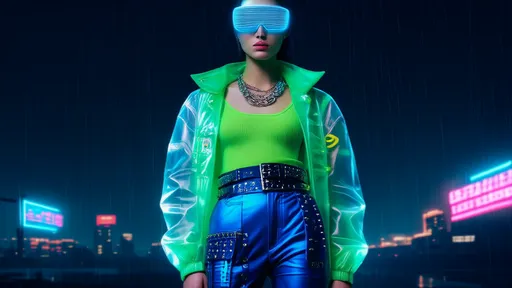
By /Aug 15, 2025
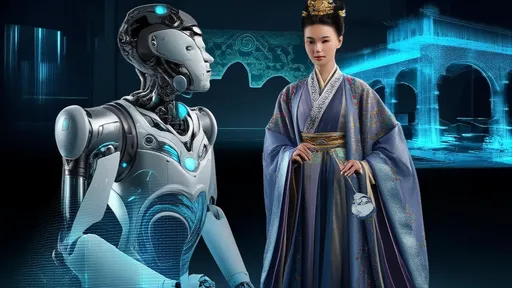
By /Aug 15, 2025
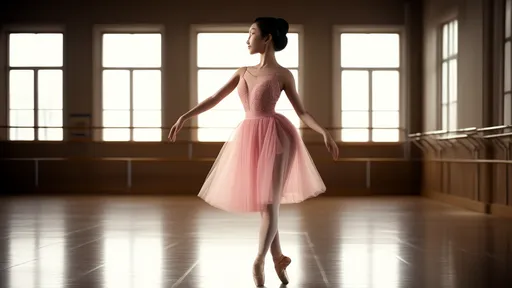
By /Aug 15, 2025
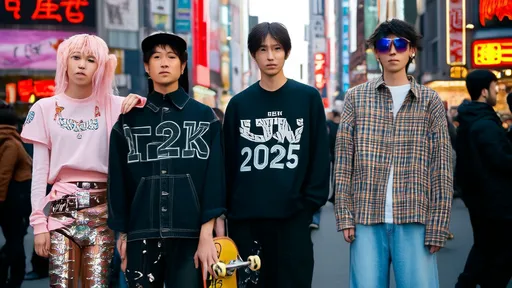
By /Aug 15, 2025
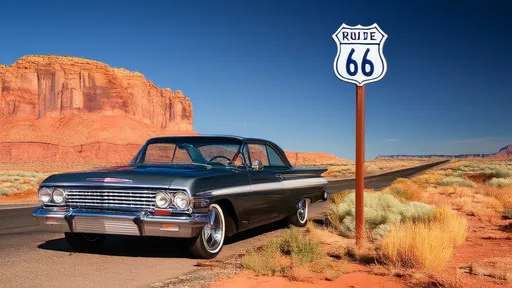
By /Aug 15, 2025

By /Aug 15, 2025
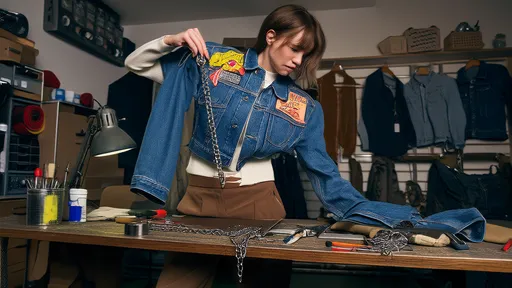
By /Aug 15, 2025

By /Aug 15, 2025
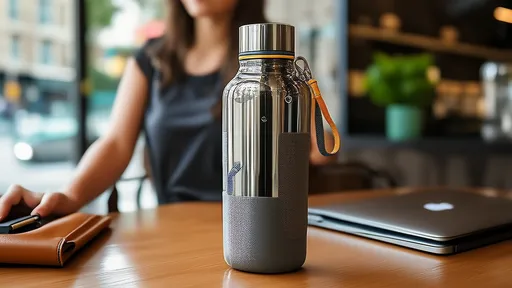
By /Aug 15, 2025
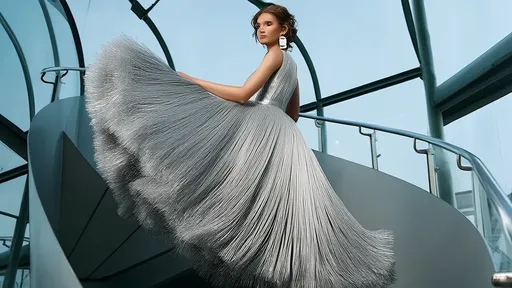
By /Aug 15, 2025
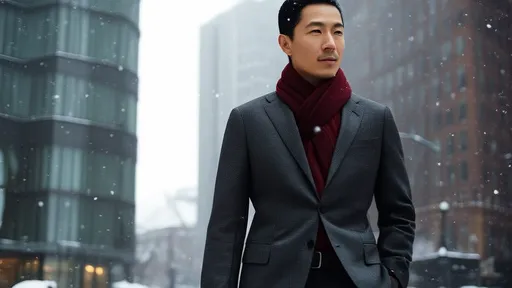
By /Aug 15, 2025
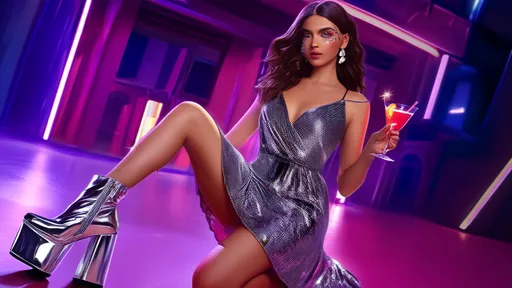
By /Aug 15, 2025
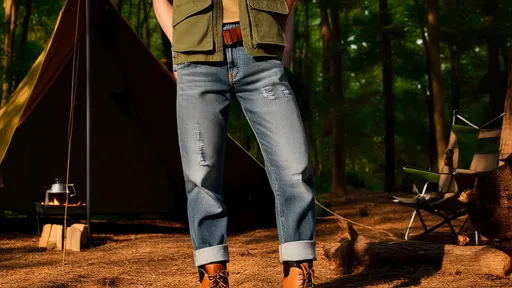
By /Aug 15, 2025
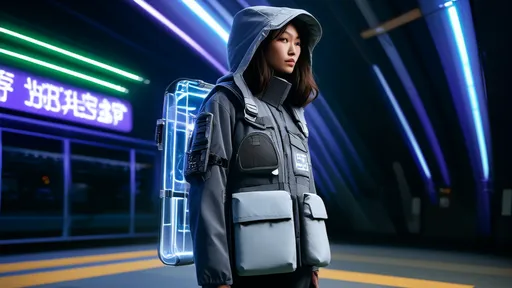
By /Aug 15, 2025
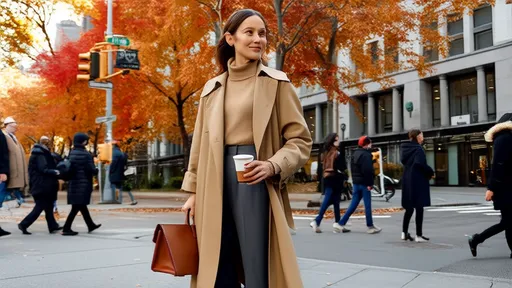
By /Aug 15, 2025
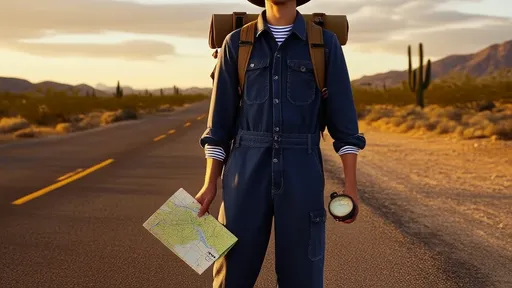
By /Aug 15, 2025
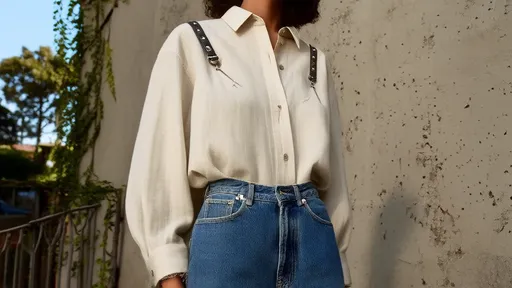
By /Aug 15, 2025
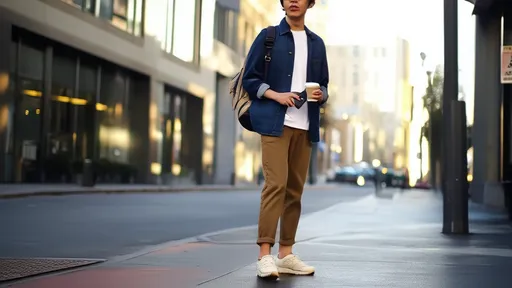
By /Aug 15, 2025
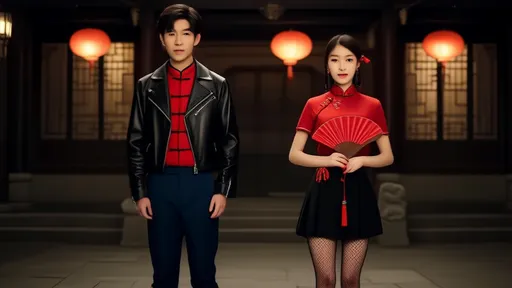
By /Aug 15, 2025
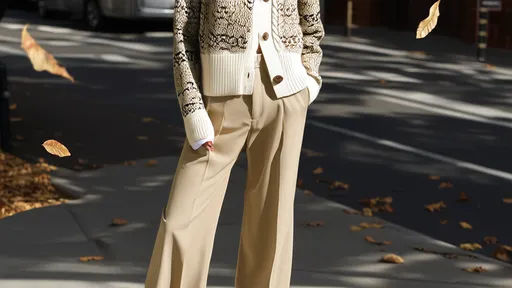
By /Aug 15, 2025